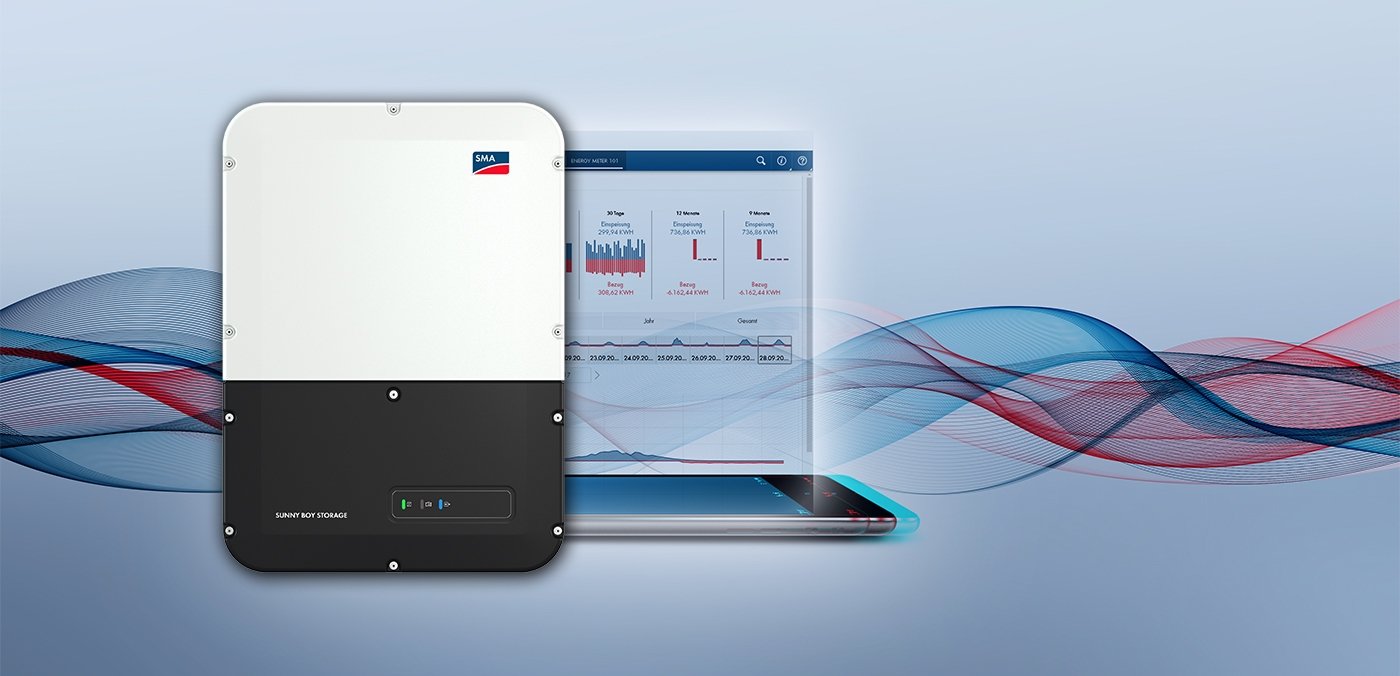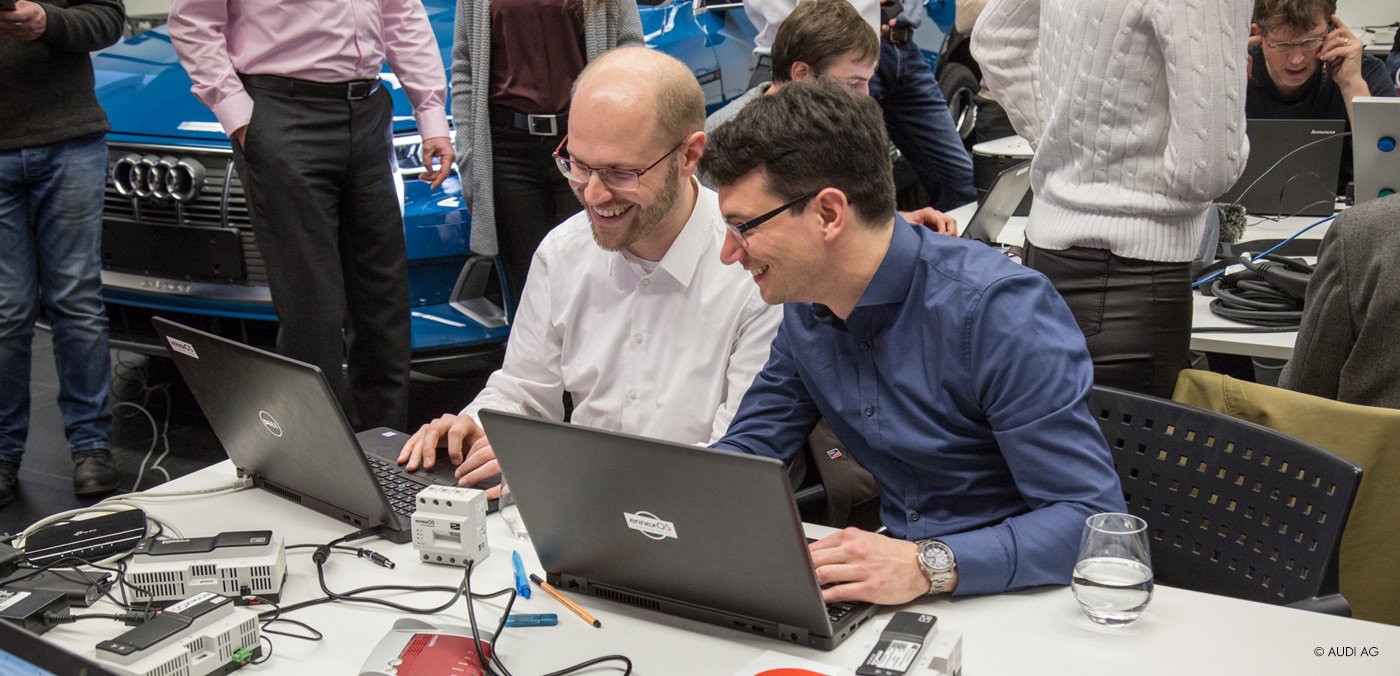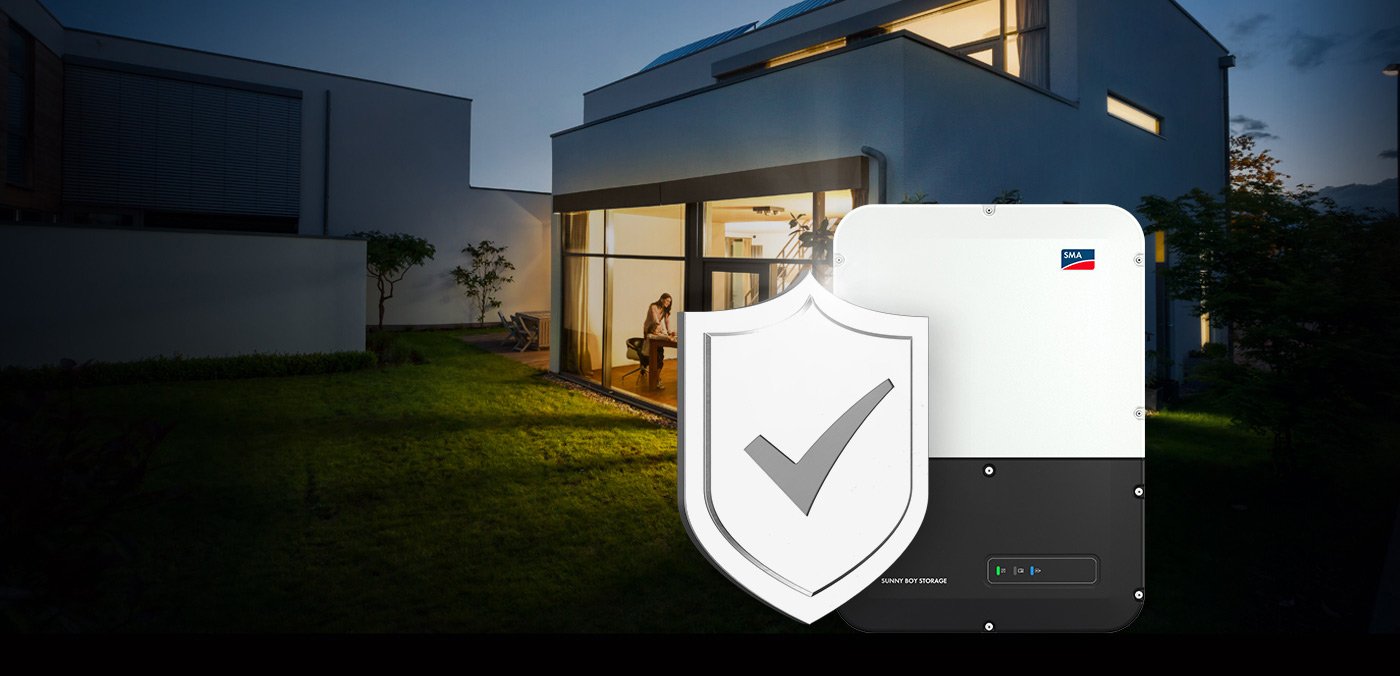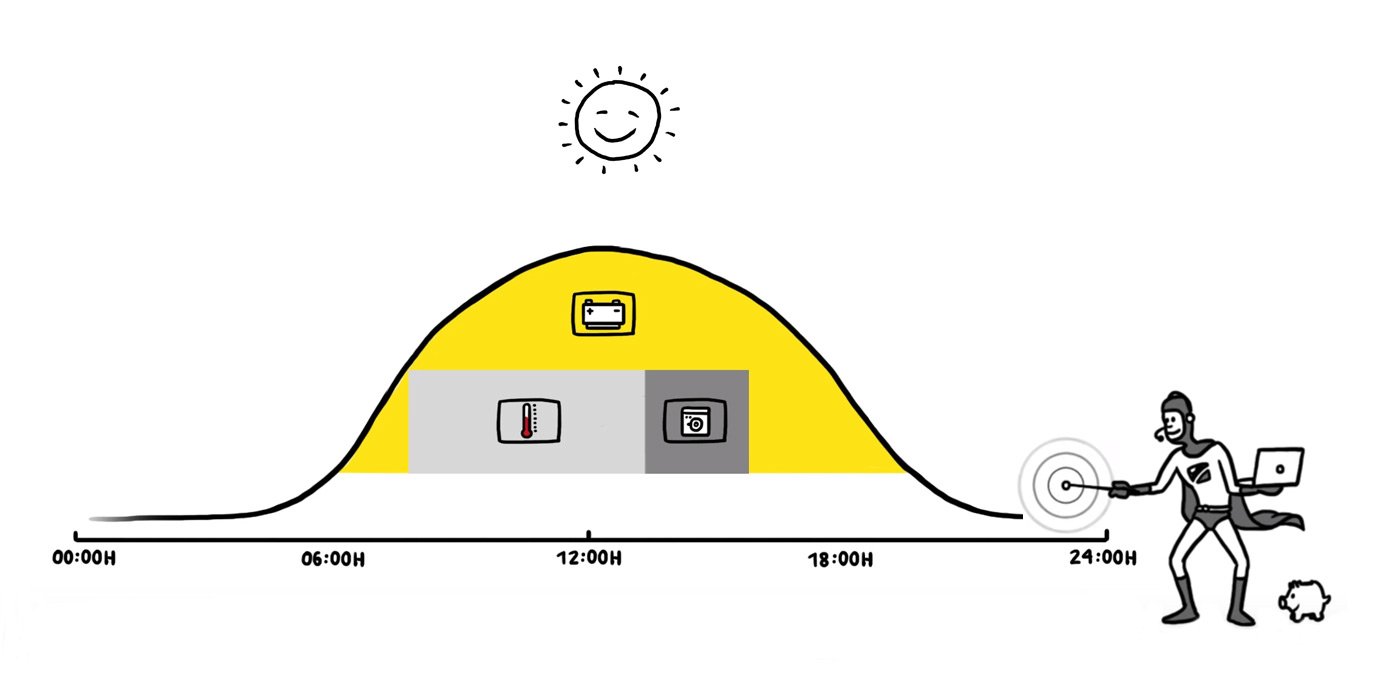Net Metering: Why you can add a Sunny Boy Storage to a single or 3-phase PV system
With the Sunny Boy Storage range of battery inverters, you can add battery storage to either a single phase or a three-phase PV system. Households in Australia are billed for their energy using net metering across all three phases of the grid. That means, the net energy purchased across all three-phases is what is billed, and it does not matter how energy is distributed across the phases.










